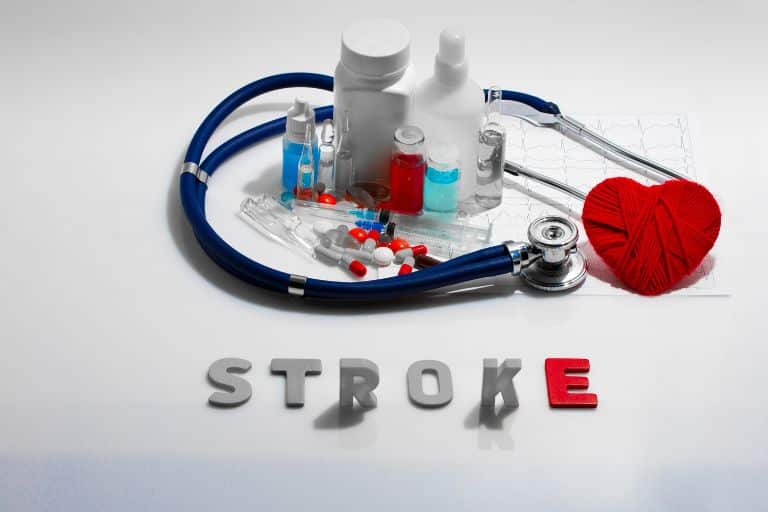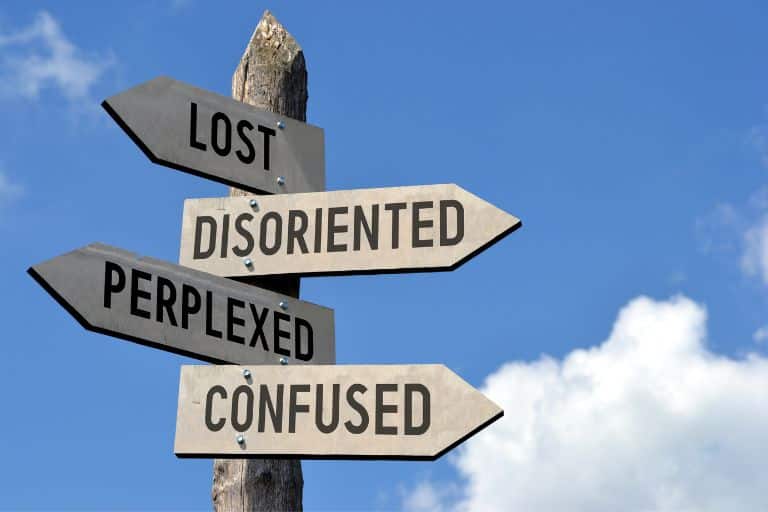I recently attended an event that featured two inspirational women. Both with different back stories on overcoming adversity. One of whom, Camilla, had suffered a stroke. A devastating thunderbolt that is very close to my heart. As it happens, May is Stroke Awareness Month.
A stroke, also known as a brain attack, can occur in one of two ways. Either the blood supply is cut off to the brain, blocked by a clot, or too narrow blood vessels (ischaemic stroke). Alternatively, there is a bleed on the brain, where the blood vessel bursts, (haemorrhagic stroke). Both result in damaged or destroyed brain cells.
Depending on the severity and where the stroke has hit, reflects in the aftermath. Survival. Do you or don’t you. Overcoming or living with paralysed limbs to speech, number, and word recognition aphasia. There is no ‘one size fits all’.
A third type of stroke is a TIA (transient ischaemic attack). Referred to as a mini-stroke. It might last seconds, a few minutes, or a few hours and then you feel fine. Something you could easily dismiss as a ‘funny turn’. However, it is VITAL that you get this stroke checked AS SOON AS POSSIBLE. Shouting? You bet. It can be a precursor to a full-blown stroke. The symptoms are the same as a stroke.
SOME STROKE STATISTICS
- 113,000 people – the number who have a stroke each year in the UK
- 1.3 million people – the number of stroke survivors in the UK
- Globally 1 in 4 adults over the age of 25 will have a stroke in their lifetime
- Age 18 – 50 accounts for 10 -15% of strokes
- Over 110 million people over the world have experienced a stroke
STROKE AWARENESS MONTH – THE EVENT
As an annual campaign, the aim is to raise public awareness about a stroke, alongside prevention, and the importance of knowing the signs and symptoms to look out for. I think the FAST campaign is reinforced for a good reason.
Fundraising events are promoted to support research and education, together with a weekly lottery and raffle where your contribution goes toward helping people rebuild their lives after a stroke.
By spreading and raising awareness about a stroke and its warning signs, Stroke Awareness Month has definitive goals. These goals are to save lives, prevent disabilities, and improve the outcome for individuals who experience a stroke.
STROKE RISKS
Anyone can experience a stroke at any time.
Women, however, are deemed at a higher risk of a stroke if they take birth control pills, hormone replacement therapy, or experience migraines with aura (seeing flashing lights).
High Blood Pressure is quoted as the biggest single cause of a stroke, resulting in approximately half of all strokes in the UK.
Smoking 20 cigarettes a day increases your risk factor 6 fold in that you are 6 times more likely to have a stroke than a non-smoker.
Underlying health conditions like diabetes have a link to a higher risk of a stroke although with proper treatment and diet, this can be managed.
Stress is also a potential factor in strokes.
For further health awareness, head on over to 7 Quick Ways to Improve Wellbeing.
STROKE SYMPTOMS
Stroke symptoms in women and men can vary. Some overlap with the symptoms experienced by men but women can also experience unique symptoms. The main thing to note is that stroke symptoms can occur suddenly out of nowhere and require immediate medical attention.
Here’s some common stroke symptoms that both men and women can experience:
- Facial drooping. Is one side of their face drooping or feeling numbness or a tingling sensation on one side of the face? Can they smile?
- Arm weakness. Is one arm weak or numb? Can they raise their arms? Sudden weakness or numbness aside from arms, can occur in the face or leg. Additionally, numbness, can result on one side of the body. Women may also experience weakness or numbness in the torso or other areas.
- Speech difficulty. Is speech slurred or confusing? Do they look like they are struggling to find the right words? To check ask the person to repeat a simple sentence.
- Confusion or trouble with thinking. Disorientation and understanding. They may also have trouble recognizing people or places.
- Vision problems. A sudden experience of blurred or double vision. They have a loss of vision in one or both eyes. They might also have difficulty seeing objects clearly.
- Severe headache. Different from their usual headache or migraine. Alongside severe, sudden, and could be accompanied by vomiting and dizziness or a stiff neck.
- Dizziness or loss of balance. They may feel dizzy or have trouble with coordination and balance or feel unsteady.
Additional symptoms women have reported include hiccups, chest pain, nausea, shortness of breath, fatigue, and a racing heartbeat.
As previously touched on, here’s the FAST acronym:
- F: Has their face fallen on one side? Can they smile?
- A: Arm weakness. Can they raise both arms and keep them there?
- S: Speech difficulties. Is their speech slurred?
- T: Time to call emergency services. If you see ANY SINGLE ONE OF THESE.
Acting quickly can help minimize the damage caused by a stroke and thereby improve the chance of a full recovery.
EPILOGUE
Camilla is a year into her recovery and has made amazing progress. From wheelchair to walking. She has also purchased a blood pressure device as she discovered that she suffers from high blood pressure.
As for the close to my heart, my sibling. He is my hero and continues to astound me with his grit and determination and the progress he has made and continues to make. Year after year.
Please do share this with everyone you know. Not just for May. Let’s make every month Stroke Awareness Month. Thank you.





